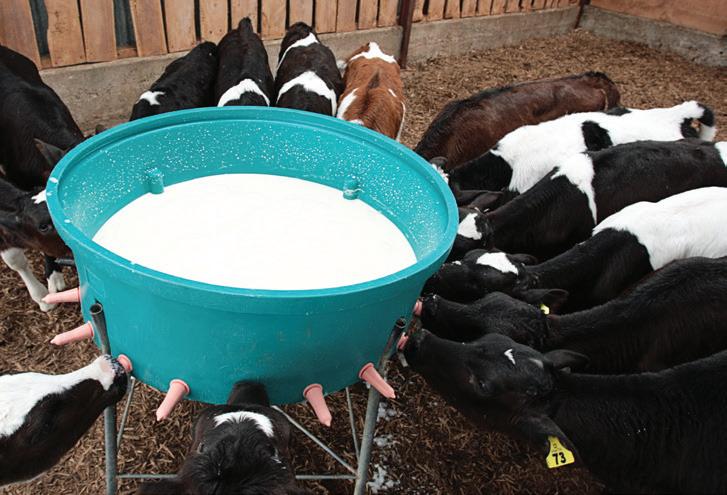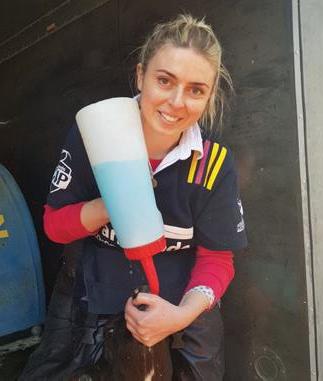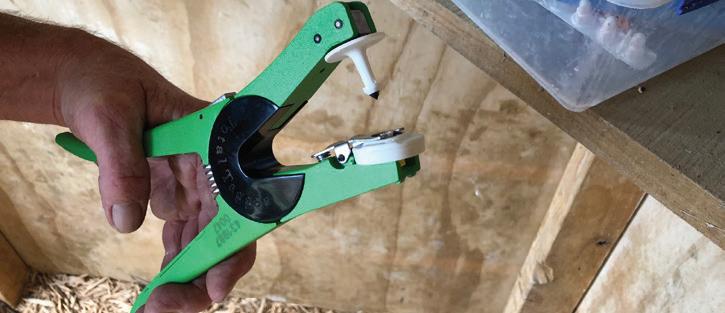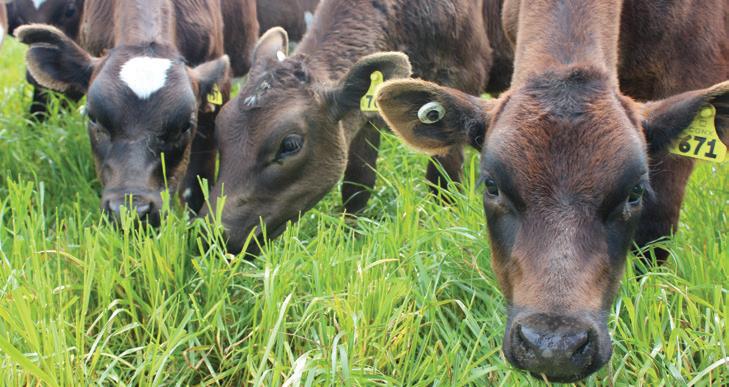The Kiwi challenge Calves in New Zealand tend to face more challenges than the average calf in other countries due to many factors. •
•
The tight calving pattern of the New Zealand dairy herd and large herd sizes means that a high number of calves are reared in a short period of time, which can put pressure on both the calves and staff. Calves are often reared in groups, compared to overseas calf rearing methods, which can have calves in individual pens. Group housing can increase the risk of disease spreading and can put more stress on the smaller calves in a pen. Calves may also be removed from the main calf sheds earlier than preferred due to limited spacing.
•
Cows in New Zealand calve outside in often variable spring weather, which means that calves can be born into a wet, cold, muddy environment and initial colostrum intake can be depressed by these environmental factors.
•
Cows in New Zealand are often wintered on crops that may not be well balanced in terms of energy, protein, trace elements and minerals, which can impact on nutrition to the foetus in late pregnancy, colostrum quality postcalving, and ease and speed of calving.
•
The New Zealand herd has a significant portion of Jersey genetics, which produce lighter calves with poorer cold tolerance than black and white calves.













